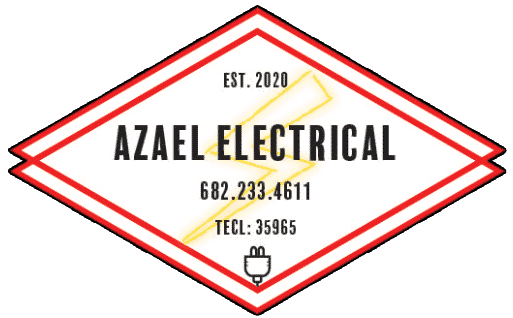Your home’s wiring is like its nervous system, carrying electricity to every corner. When something goes wrong, it can affect your entire house. Ignoring signs of faulty wiring can lead to bigger problems like electrical fires or power outages. Knowing what to look for can help you catch issues early and keep your home safe.
Many homeowners don’t realize there’s a problem until it’s too late. Frequent electrical problems, strange noises, or unusual smells can all be signs that your wiring needs immediate attention. Visible signs like frayed wires or scorch marks around outlets are also serious indicators. Recognizing these signs can help you act quickly and avoid costly repairs.
Let’s dive into the key signs that your home’s wiring needs immediate attention, so you can ensure a safe living environment for your family.
Don’t Ignore These Signs of Faulty Home Wiring
1. Frequent Electrical Problems
Spotting frequent electrical issues can be a big clue that your home’s wiring needs attention. Here are some common problems:
- Frequent Breaker Trips: If you often find yourself resetting the circuit breaker, it means your electrical system might be overloaded or the wiring could be faulty.
- Flickering Lights: Lights that flicker or dim when you use appliances may indicate loose or frayed wiring.
- Warm or Sparking Outlets: Outlets that feel warm to the touch or produce sparks when plugging in devices are red flags for wiring issues.
- Buzzing Sounds: A buzzing noise coming from outlets or switches can suggest that the wiring is faulty or damaged.
These issues are more than minor annoyances. Frequent breaker trips and flickering lights usually signal overloaded circuits or deteriorating wiring. Warm or sparking outlets can lead to electrical fires if not fixed promptly.
Buzzing sounds from outlets mean that connections might be loose, creating a serious hazard. Paying attention to these signs helps you maintain a safe electrical system and prevents larger issues in the future.
2. Physical Signs of Wiring Damage
Visible signs of wiring damage should never be ignored. Here are some things to look for:
- Frayed or Exposed Wires: If you see wires that are worn out or have their inner cores exposed, these need immediate replacement.
- Scorch Marks or Burned Spots: Check around outlets and switches for any blackened or burnt marks. This indicates that the wiring is overheating.
- Damaged Insulation: Wiring insulation that is cracked, broken, or missing is a sign of aging and wear and tear.
Inspecting outlets and switches for these physical signs can help you catch wiring problems before they turn dangerous. Frayed wires can easily lead to sparks and fires. Scorch marks around outlets often indicate that the electrical load is too high, causing the wiring to burn.
Damaged insulation exposes the underlying wire, increasing the risk of short circuits and electric shocks. By routinely checking for these damage signs, you can keep your home’s electrical system in good shape.
3. Unusual Noises and Smells
Strange noises and smells can be key indicators of electrical problems in your home. Here are some to watch out for:
- Buzzing Sounds: If you hear a buzzing or humming noise from your outlets or electrical panel, it could mean loose or damaged wiring.
- Burning Smell: A burning or smoky odor, especially near outlets or switches, is a sign of serious electrical trouble and should be addressed immediately.
These sensory signs are critical because they can signal immediate danger. Buzzing sounds indicate that there might be an issue with the wiring connections, which can cause overheating and eventually lead to a fire.
A burning smell is often a sign that wires are overheating and melting their insulation. If you encounter these issues, it’s important to turn off your power and contact an electrician right away to prevent any hazardous situations.
4. Outdated Wiring Systems
Older homes often come with outdated wiring systems that may not meet current safety standards. Here are some types to look out for:
- Knob-and-Tube Wiring: Common in homes built before the 1950s, this type of wiring lacks grounding, which can increase the risk of electric shock.
- Aluminum Wiring: Used in homes during the 1960s and 1970s, aluminum wiring can become loose and cause overheating, leading to a higher risk of fire.
Outdated wiring poses significant risks. Knob-and-tube wiring, for example, doesn’t provide the same level of safety as modern wiring because it lacks grounding. Aluminum wiring, on the other hand, is prone to loosening, which can lead to overheating and fires.
Updating these old systems to modern standards can greatly improve the safety of your home. If you suspect your home has outdated wiring, it’s wise to get an inspection and consider an upgrade for your family’s safety.
Protect Your Home: Signs of Wiring Issues You Shouldn’t Ignore
Recognizing the signs that your home’s wiring needs attention is crucial for maintaining safety. At Azael Electrical, we specialize in assessing and updating home electrical systems to ensure your safety.
Don’t wait for a small issue to become a big problem. Contact our electric company in Arlington today to schedule an inspection or upgrade your home’s wiring. Make safety a priority, and give yourself peace of mind!

